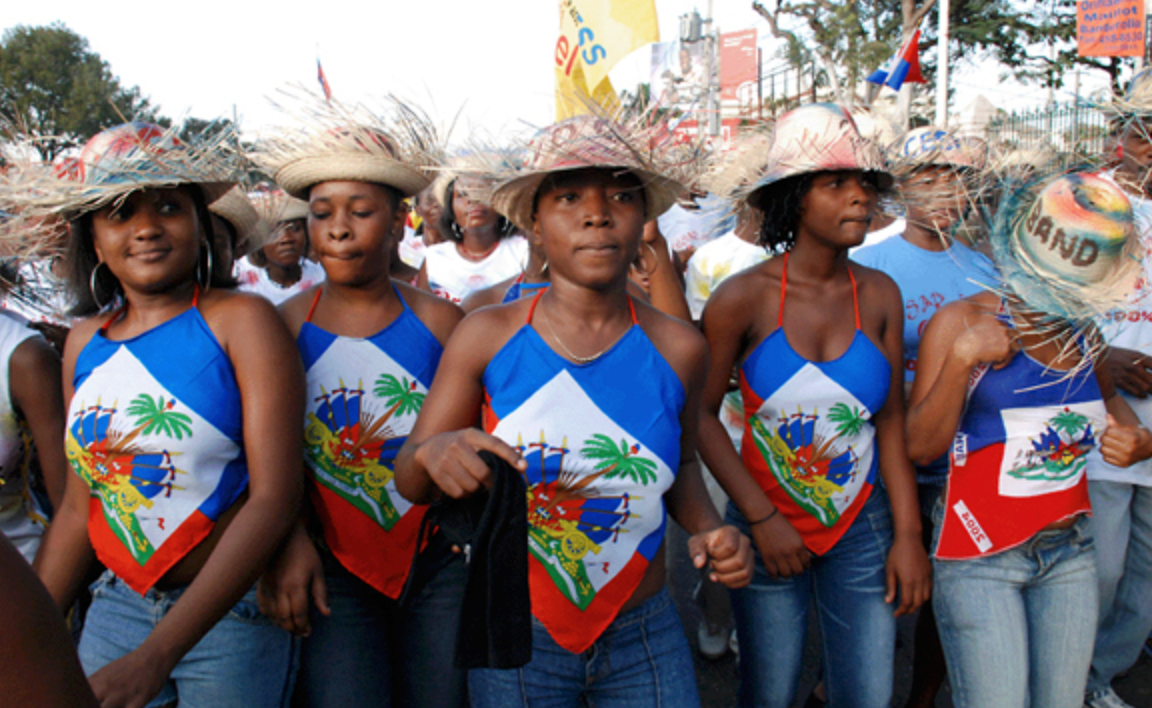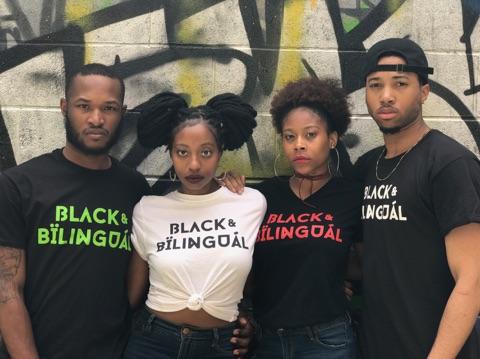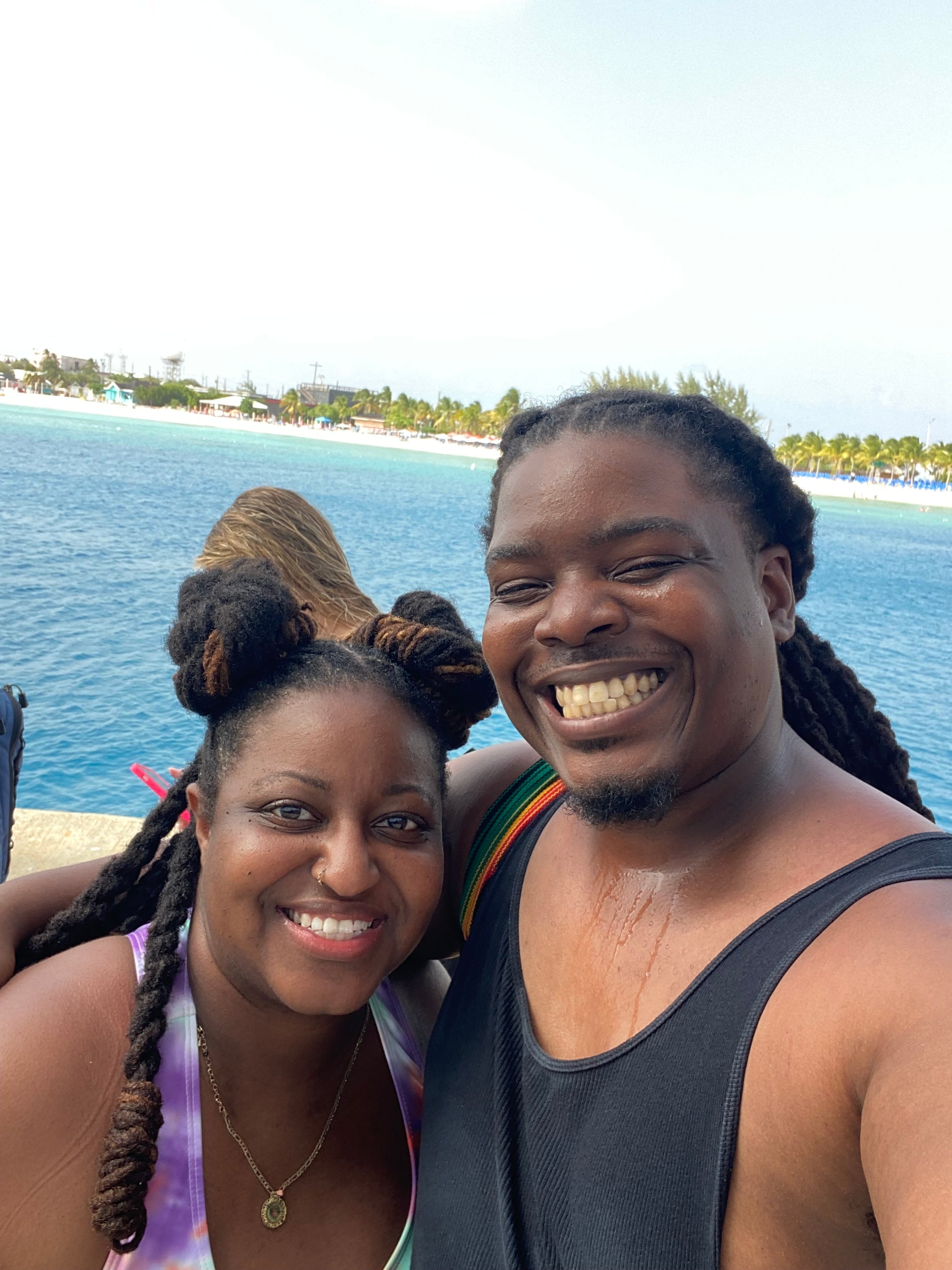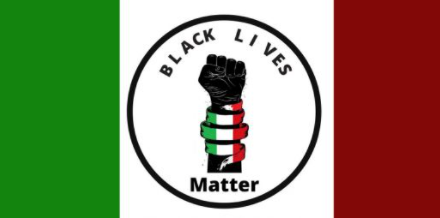Black & Bilingual #AroundTheWorld - Haiti

The Republic of Haiti is a sovereign state located on the island of Hispaniola in the Caribbean Sea. Port-au-Prince is the capital of Haiti. The population of Haiti is about 10.8 million people. Haiti is the second most populous nation in the Caribbean.

History
The island of Hispaniola was inhabited by the Taino. In December 1492, Christopher Columbus invaded present-day Haiti. Columbus and his men brought diseases that killed many of the Taino people in large numbers. During this time, European nations were competing for control in the Americas. In 1697, France and Spain signed the Treaty of Ryswick (or Rijswijk), which split the island of Hispaniola between the two nations.
Slavery

Like other Caribbean nations, Haiti's economy depended on slave labor to harvest sugar, coffee, cacao, indigo, and cotton. However, Haiti's slave population greatly outnumbered the Europeans. In Saint-Domingue alone, it was estimated that there were about 500,000 slaves to 32,000 Europeans. There was also a population of about 24,000 affranchis - mixed Black people - who were sometimes slave owners as well. Like many other slaves in the Caribbean, slaves in Haiti endured strenuous, back-breaking labor from working from sun-up to sun-down.
The Haitian Revolution

The Haitian Revolution was a time period spanning from 1791-1804. There were several main groups involved during this time: Haitian slaves, the affranchis, European colonists, and French and British army troops. The uprisings began between 1790-1791. In order to prevent a major revolt, the French granted citizenship to the affranchis. Additionally, Léger-Félicité Sonthonax came to Haiti from France, and offered "freedom" to Haitian slaves that joined the French army.
At the same time, François-Dominique Toussaint Louverture was recruiting men to rebel, and training them in military tactics or the "European way of war". Toussaint spent much time during this period negotiating between the rebels and colonists.
From 1794-1802, there was a whirlwind of politics that happened between Haiti, France, and the United States. In 1802, Toussaint was captured by France and sent to prison overseas. He died while incarcerated on April 3, 1803.
After Toussaint's departure and death, the French had a plan to reestablish slavery. Jean-Jacques Dessalines and an army of Black troops attacked Rochambeau and the French army at Fort Vertières. Rochambeau and his troops surrendered the next day. On December 4, 1803, Napoleon and the remaining French army surrendered the last of the Haitian territory to Dessalines. Dessalines signed the Haitian Declaration of Independence on January 1, 1804.
Culture

Griot is a very popular Haitian dish. It consists of fried pork marinated in scotch bonnet peppers, onions, parsley, and other delicious goodness. It is common for griot to be paired with diri kole (beans and rice), bannan peze (fried plantain), and pikliz. Pikliz is the Haitian version of slaw. It is made up of pickled shredded cabbage, carrots, onions, and spiced with scotch bonnet peppers.

Kompa (Konpa dirèk, or Konpa) is known as a Haitian genre of music. The style gained popularity in the 1950s as Nemours Jean Baptiste and Webert Sicot toured the Caribbean. Kompa is known to have a big bang sound, solid melody, and danceable beat. Today, Kompa is recognized as a musical genre worldwide.
Language

Haitians are the largest creole-speaking community worldwide. About 7 million people speak Haitian Creole. It is a French-based language with Portuguese, Spanish, English, Taino, and West African influences.









Leave a comment